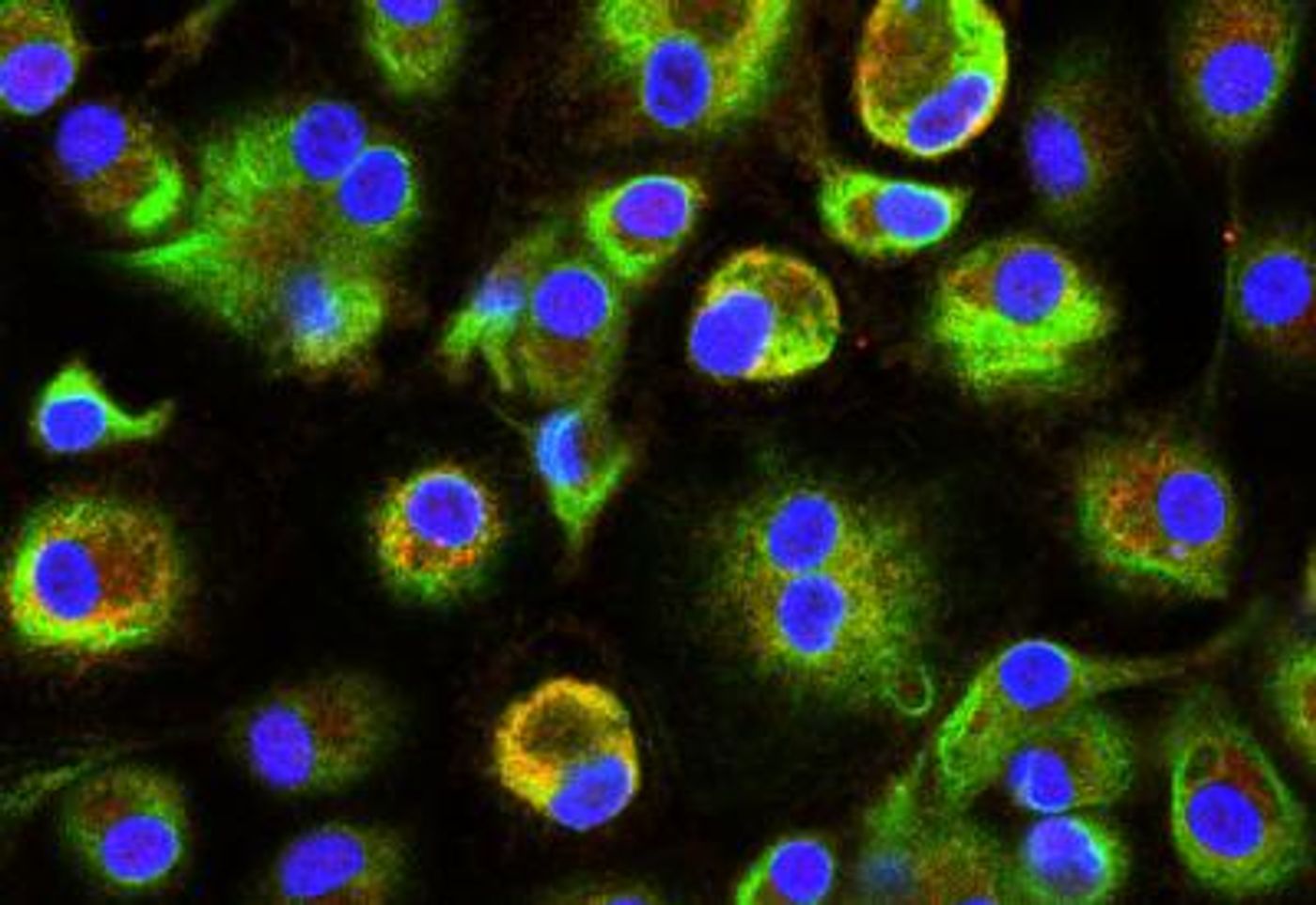Two interactive proteins were discovered in connection to atherosclerosis-related macrophage activation, according to a new study from scientists at Brigham and Women’s Hospital. Researchers are interested in understanding how the proteins enhance or inhibit macrophage activation in order to better treat atherosclerosis and other arterial diseases.
Macrophage activation and arterial disease go hand in hand, or so it seems. In his 2005 study on macrophage activation, atherosclerosis, and the pathogenesis of plaque rupture, author Joseph Boyle explain that “macrophages are innate immune effectors, i.e. they are activated without antigenic specificity. This may make them liable to indiscriminate tissue damage, since they are less selective than lymphocytes.” While macrophages are key players in the immune system that target foreign particles, they are also abundantly found in ruptured atherosclerotic plaques, indicated a “dark side” that needs to be addressed.
"Macrophage activation plays a role in not only vascular disorders but also various inflammatory and autoimmune diseases," said Masanori Aikawa, MD, PhD from the new study published in
Nature Communications. "These results could provide important information about the mechanisms of these diseases and help to develop much needed new therapeutics."
Aikawa’s study started with a global proteomic analysis of macrophage cell lines to identify the proteins responsible for macrophage activation. Researchers identified PARP9 and PARP14, proteins from the same family found to regulate macrophage activation. The proteins were further linked to arterial disease causation through proteomic screening.
Researchers then silenced individually each gene that coded for PARP9 and PARP14 respectively in cultured macrophages, and the resulting effect seemed to be equal and opposite.
Inhibiting the activation of PARP14 through gene silencing increased macrophage activation, triggered activation of pro-inflammatory genes, and suppressed the expression of anti-inflammatory genes. On the other hand, inhibting activation of PARP9 decreased macrophage activation and suppressed pro-inflammatory genes.
With further study, researchers connected a deficiency in PARP14 in haematopoietic cells to an acceleration in the development and “inflammatory burden” of acute and chronic atherosclerotic lesions in mice. PARP9 worked to promote interferon-induced responses in macrophages, while PARP14 suppressed these responses. Overall, the two proteins appeared to have clear physical and functional interactions.
With a clearer understanding of the genetic influences behind atherosclerosis-related macrophage activation, Aikawa and the team plan to apply their findings to the drug development process, hoping to cut down the overall process length by making each individual step more efficient.
Drugs like statins exist to reduce cholesterol in effort to prevent atherosclerosis development, but scientists are seeing the global burden of ischemic heart disease only increase. With two proteins clearly implicated in the world of macrophage activation, scientists can start on new therapies that target and influence them.
Sources:
Current Vascular Pharmacology,
Brigham and Women’s Hospital
Image: Masanori Aikawa, Brigham and Women's Hospital









